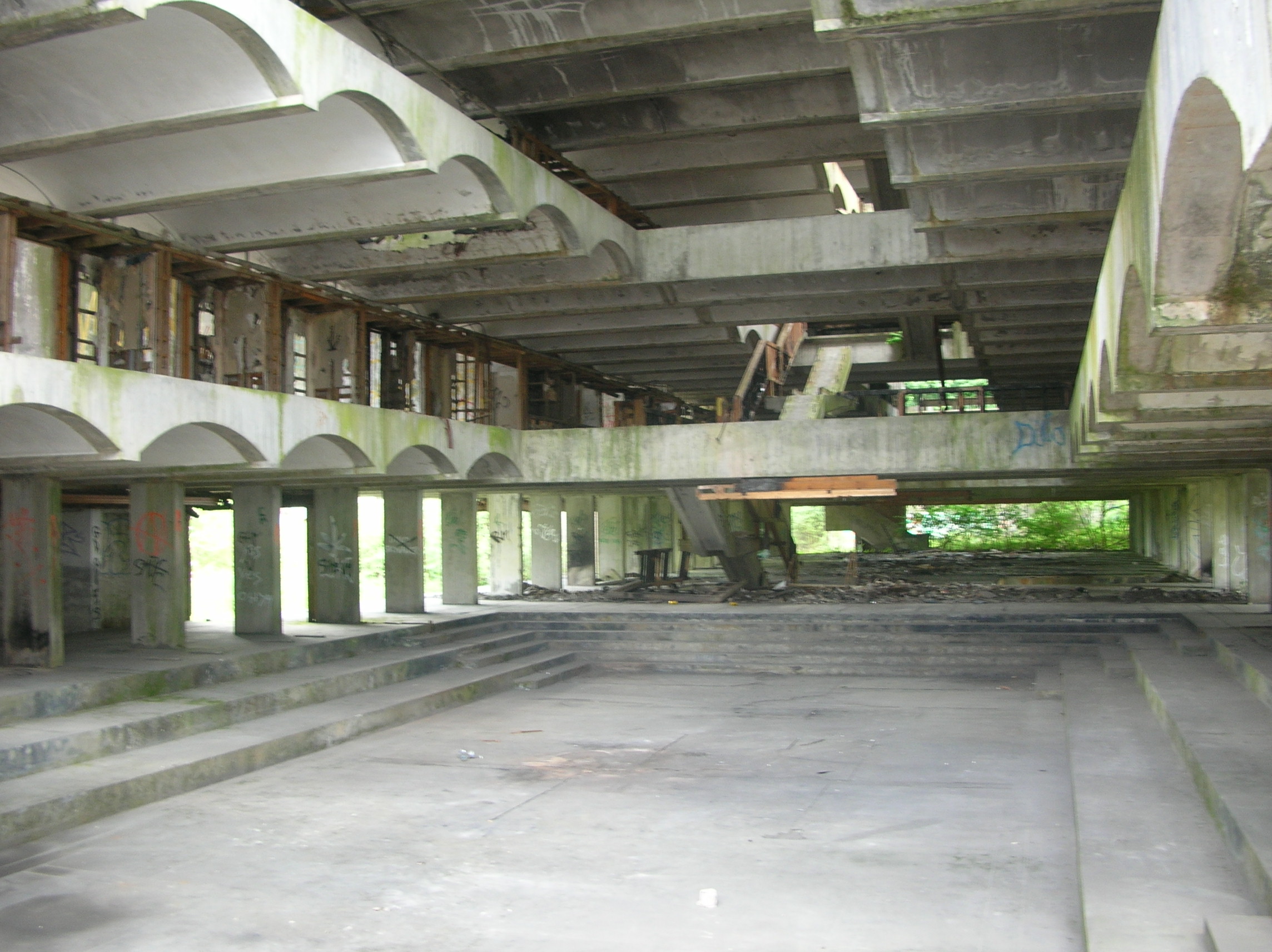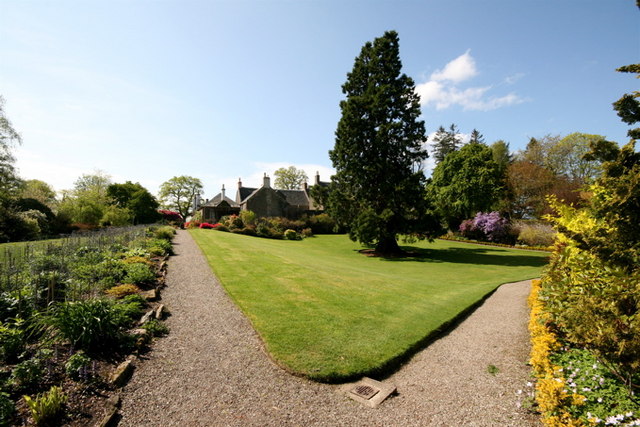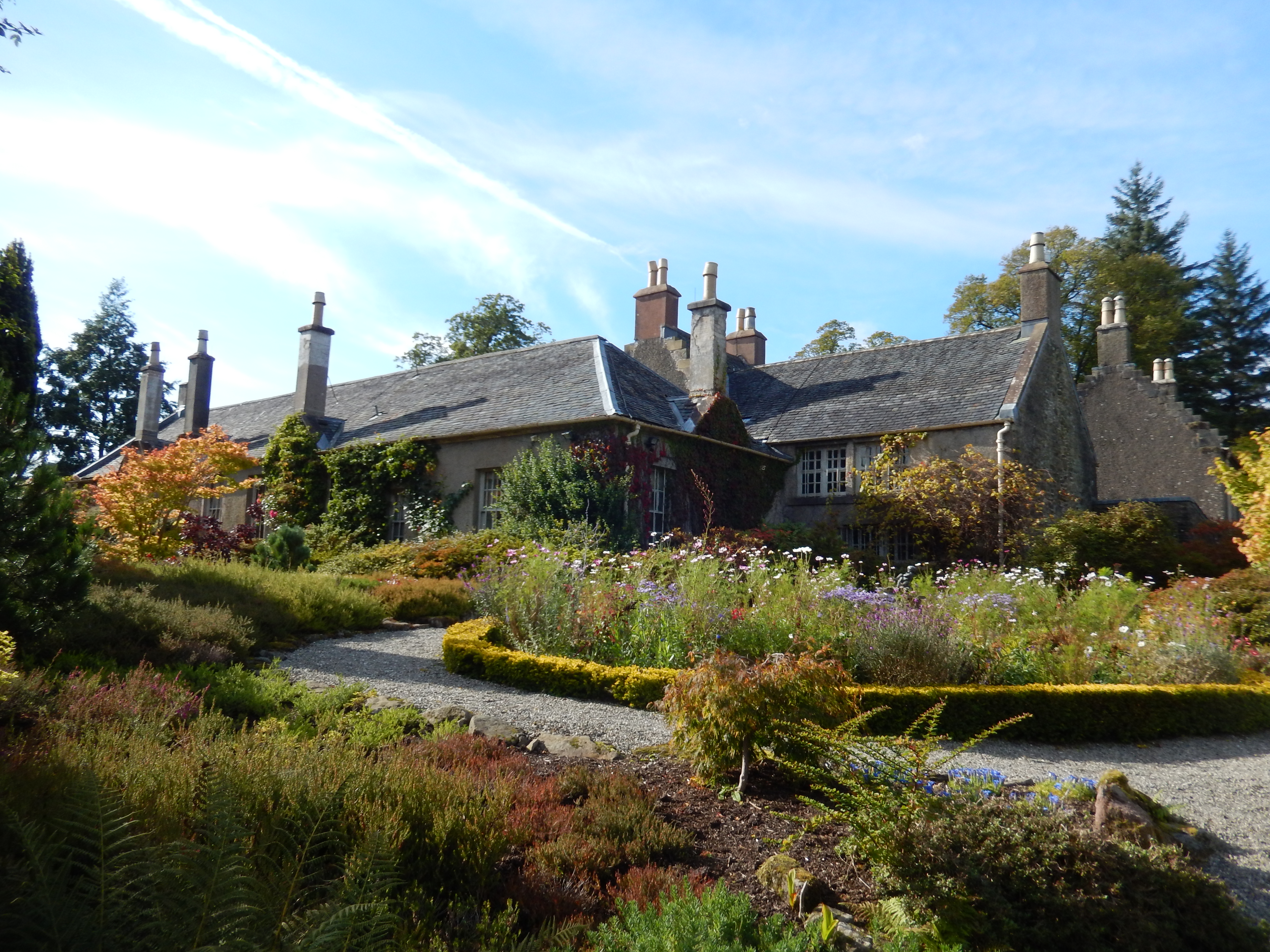Asker Reservoir
Lake, Pool, Pond, Freshwater Marsh in Dunbartonshire
Scotland
Asker Reservoir
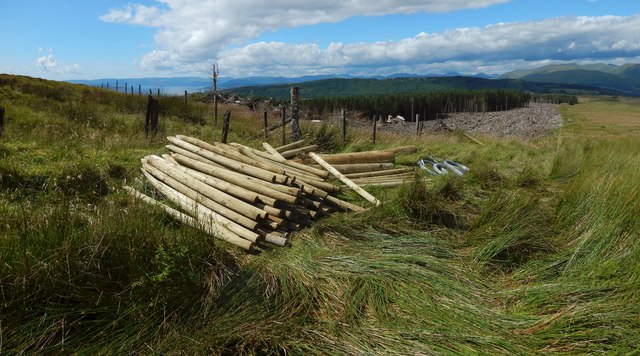
Asker Reservoir is a freshwater body located in Dunbartonshire, Scotland. It is situated in a picturesque setting, surrounded by rolling hills and lush greenery. The reservoir is classified as a Category C freshwater loch and covers an area of approximately 92 hectares.
The reservoir was constructed in the late 19th century to provide a water supply for the surrounding area. It was created by damming the Asker Burn, a small river that flows through the region. The reservoir's water level is managed by Scottish Water, ensuring a steady supply for domestic and industrial purposes.
Asker Reservoir not only serves as a vital water resource but also offers recreational opportunities for locals and visitors alike. It is a popular spot for fishing enthusiasts, with a variety of fish species inhabiting its waters, including brown trout and rainbow trout. Anglers can enjoy a tranquil day on the banks, casting their lines and trying their luck.
The surrounding area of Asker Reservoir is rich in wildlife, offering a diverse habitat for various bird species. Birdwatchers can often spot a range of waterfowl, including ducks, swans, and geese, along with other avian creatures such as herons and kingfishers.
Nature lovers can also explore the nearby trails and enjoy walks around the reservoir, taking in the scenic beauty of the surrounding landscape. The peaceful atmosphere and stunning views make Asker Reservoir an ideal destination for those seeking a break from the hustle and bustle of city life.
If you have any feedback on the listing, please let us know in the comments section below.
Asker Reservoir Images
Images are sourced within 2km of 55.982045/-4.6310219 or Grid Reference NS3579. Thanks to Geograph Open Source API. All images are credited.

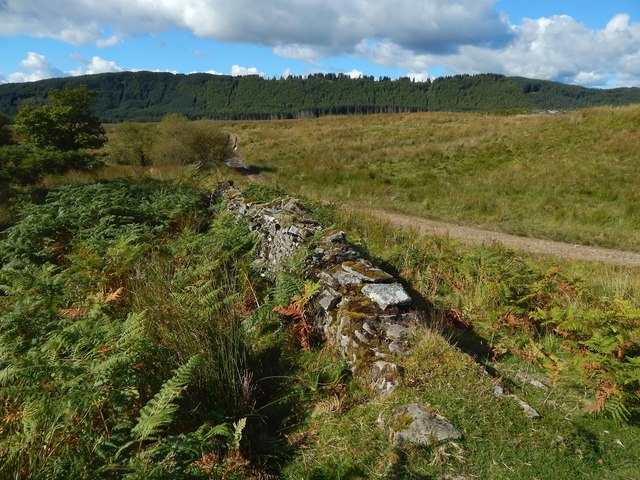
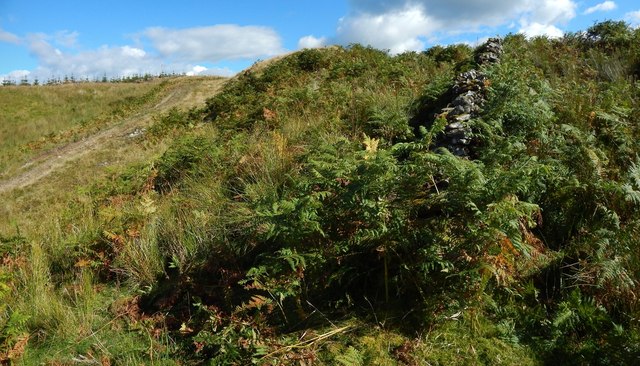
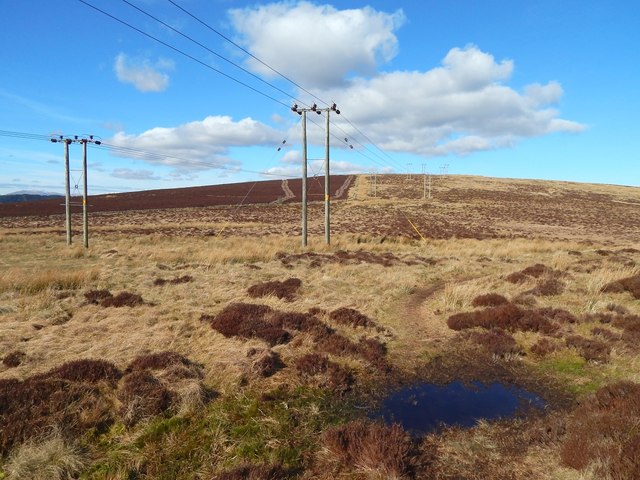
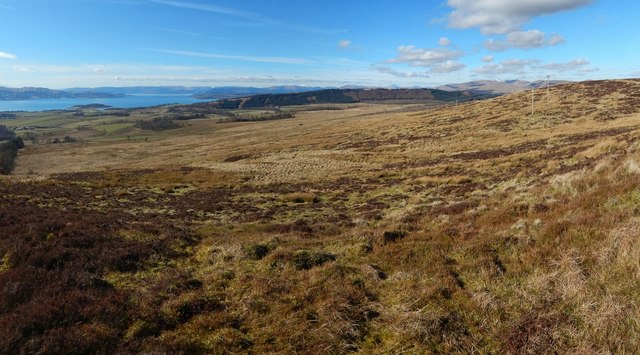
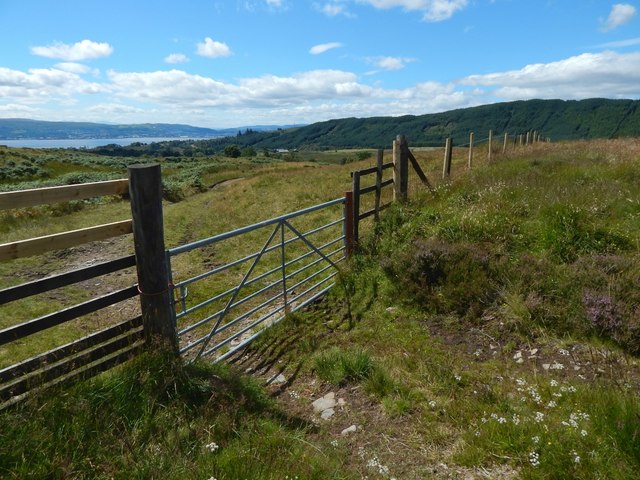
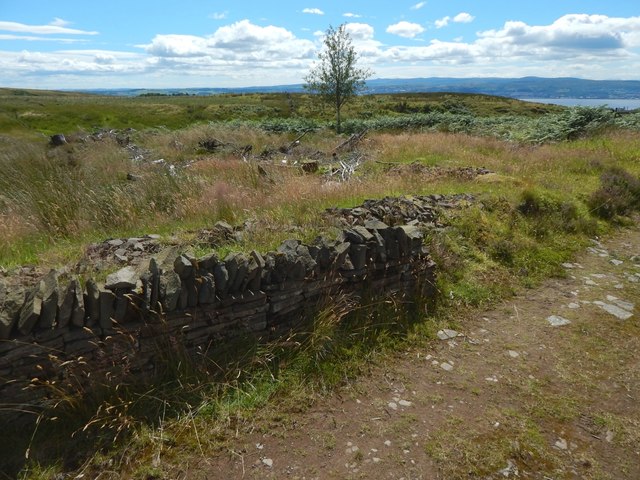
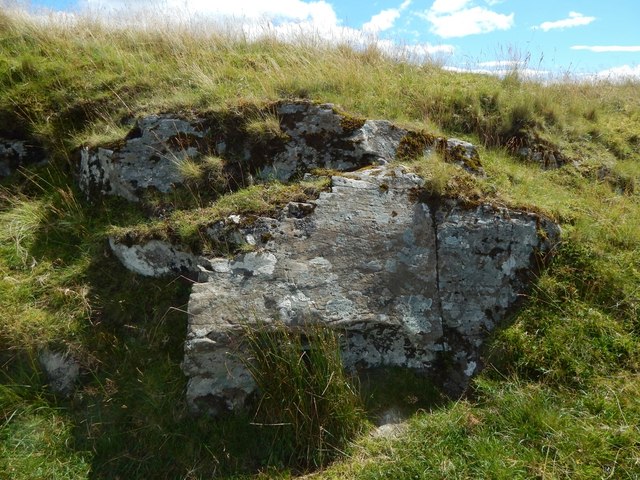
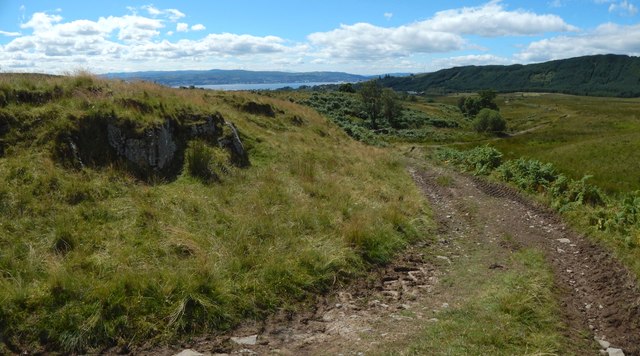
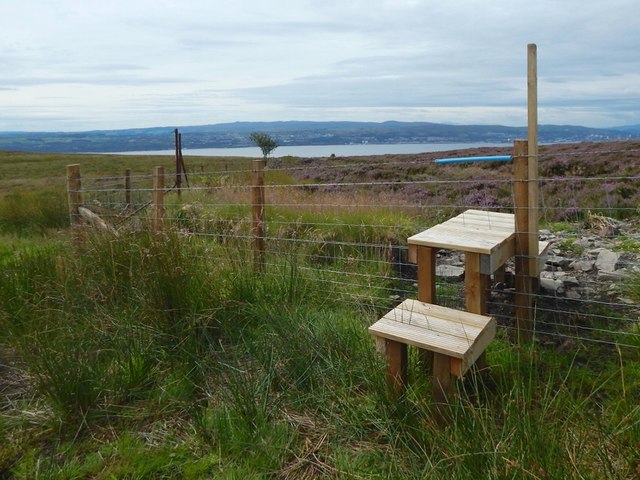
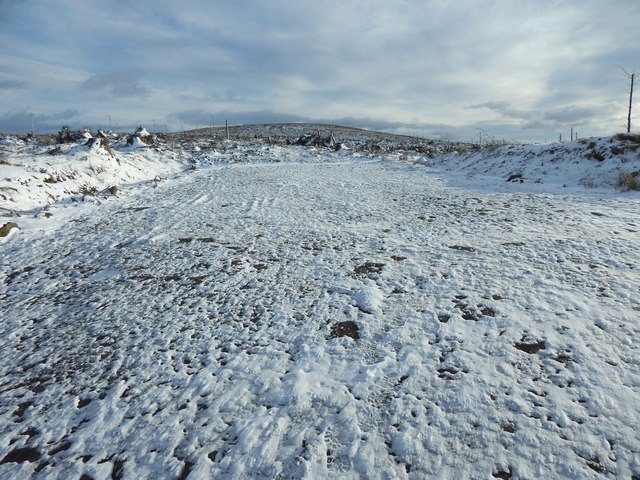
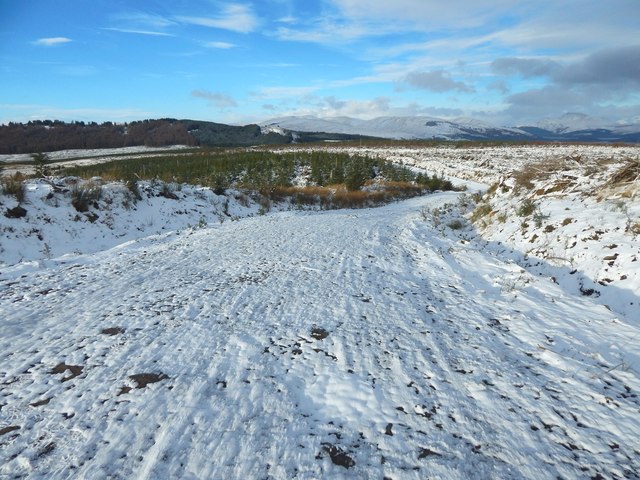
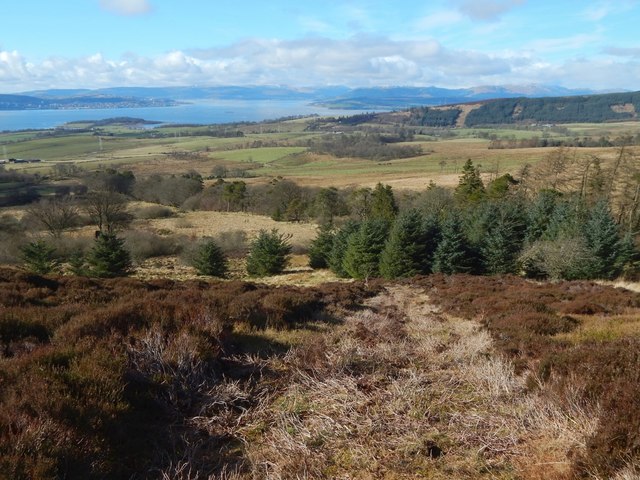
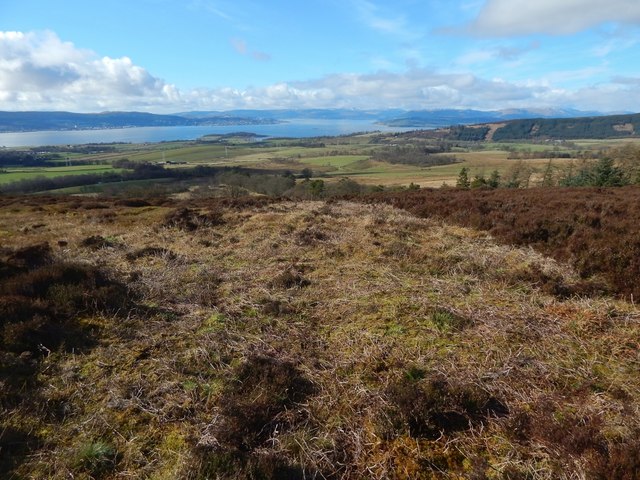
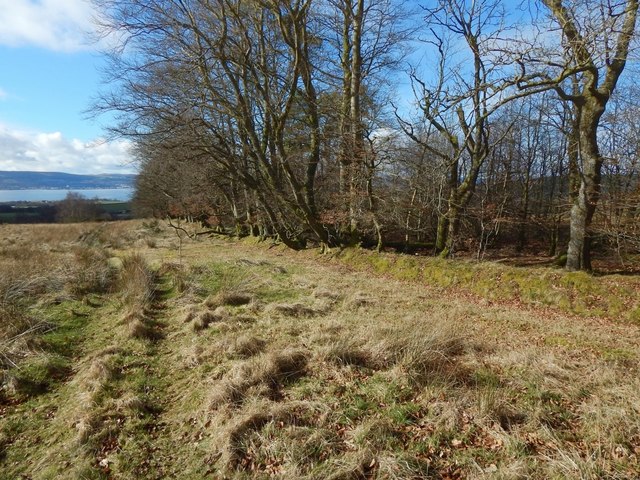
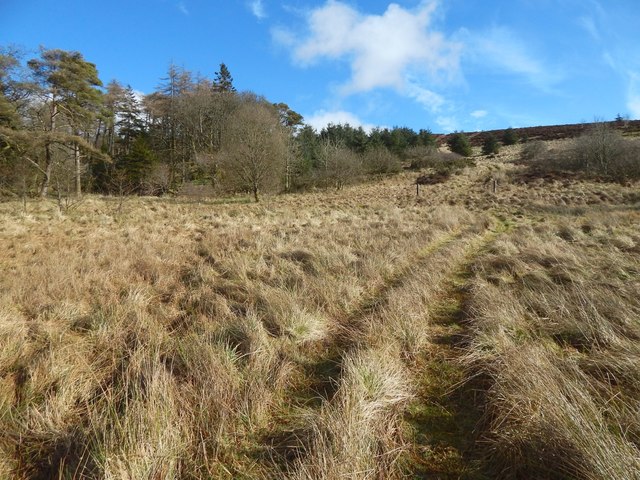
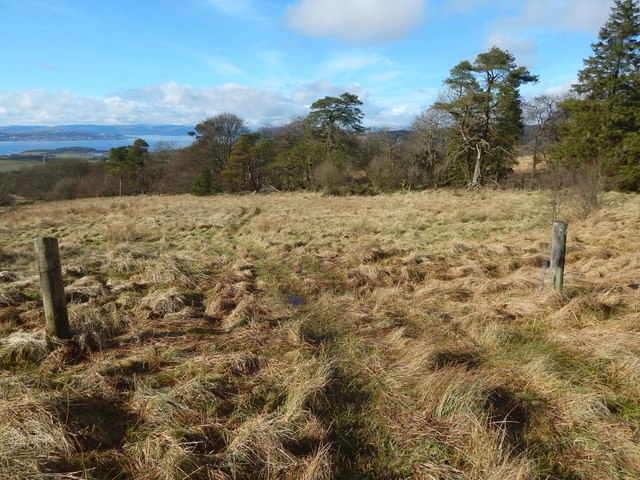
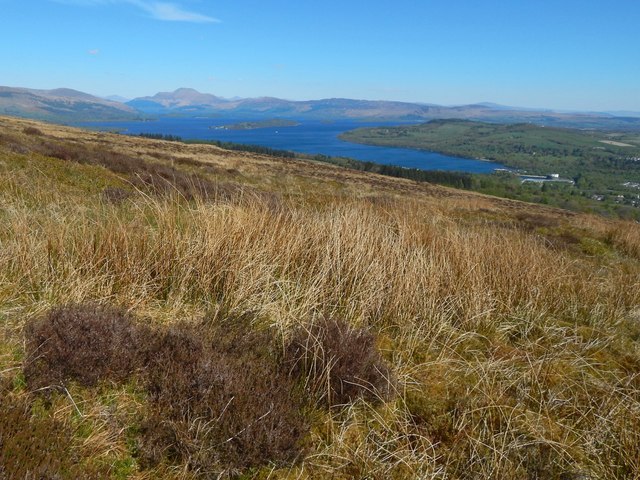
Asker Reservoir is located at Grid Ref: NS3579 (Lat: 55.982045, Lng: -4.6310219)
Unitary Authority: Argyll and Bute
Police Authority: Argyll and West Dunbartonshire
What 3 Words
///dressings.deprives.officials. Near Cardross, Argyll & Bute
Nearby Locations
Related Wikis
Kilmahew Castle
Kilmahew Castle is a ruined castle located just north of Cardross, in the council area of Argyll and Bute, Scotland. The castle is close by the ruins of...
St Peter's Seminary, Cardross
St. Peter's Seminary is a former Roman Catholic seminary near Cardross, Argyll and Bute, Scotland. Designed by the firm of Gillespie, Kidd & Coia, it has...
Geilston Garden
Geilston Garden is a property of the National Trust for Scotland, north-west of Cardross, Argyll and Bute. Geilston Garden was developed more than two...
Geilston
Geilston is a house and an area on the edge of the village of Cardross in Argyll and Bute, Scotland. It is the site of Geilston Garden, a National Trust...
Nearby Amenities
Located within 500m of 55.982045,-4.6310219Have you been to Asker Reservoir?
Leave your review of Asker Reservoir below (or comments, questions and feedback).

